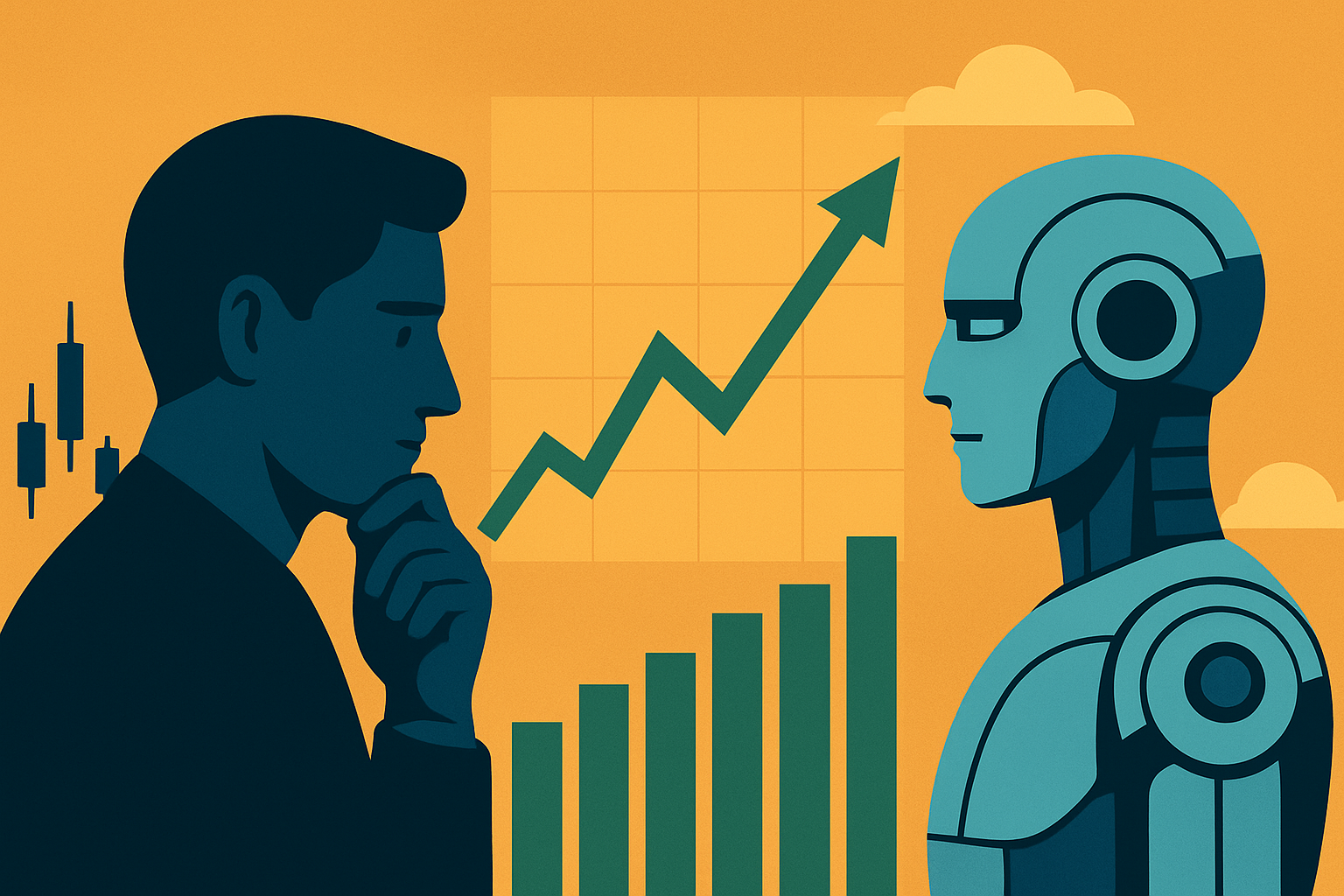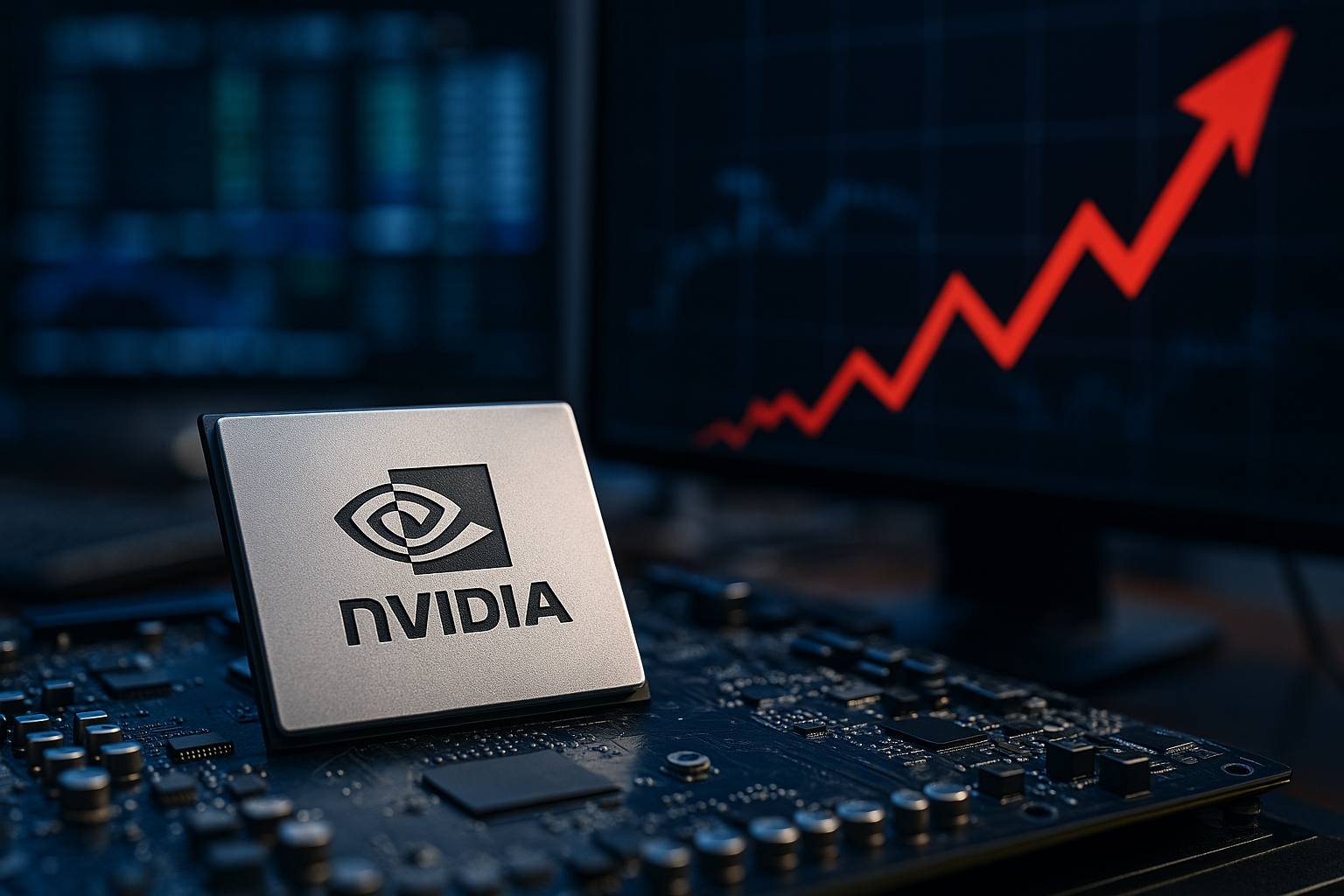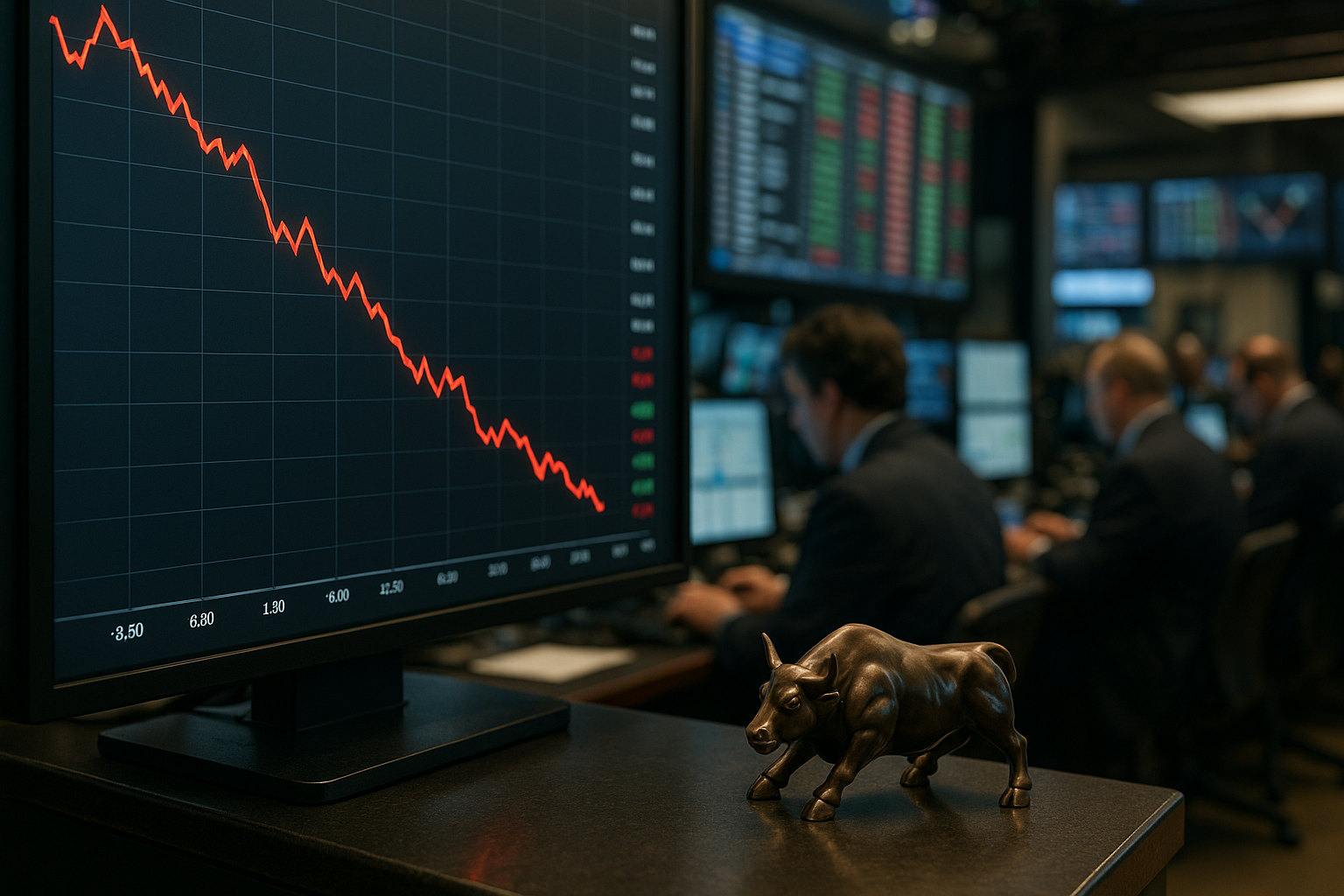Global markets are riding a wave of machine-led enthusiasm. Algorithmic traders and AI-driven investment systems have cranked their bullish outlooks to levels not seen since early 2020, even as many human investors remain hesitant. The divergence highlights a growing rift in market psychology—one powered by silicon speed and data-driven conviction on one side, and by caution shaped by geopolitics and policy uncertainty on the other.
This split in sentiment is becoming a defining feature of today’s trading environment, raising new questions about where the real risks—and opportunities—lie for investors.
Why This Matters for Investors
According to Axios, AI-powered trading algorithms are currently scanning and interpreting market signals at a rate no human can match, identifying patterns and momentum plays before most investors are even aware of them. Their optimism is fueled by macro trends such as resilient corporate earnings, easing inflationary pressures, and a relatively stable interest rate outlook in major economies.
Data from JPMorgan’s 2025 Quantitative Strategies report shows that AI models have been increasingly overweight on technology, semiconductor, and energy transition stocks over the past quarter—sectors that have delivered average quarterly gains of 11.2%, compared to the S&P 500’s 4.6%.
However, human traders are less convinced. Geopolitical tensions between the U.S. and China, uncertainty over the upcoming U.S. election cycle, and concerns about overvaluation in certain tech segments are keeping many sidelined. The VIX volatility index remains subdued, but analysts caution that complacency could turn into sharp corrections if a macro shock disrupts the AI-driven momentum.
The AI Edge—And Its Blind Spots
AI systems thrive on historical data and pattern recognition. They excel at short-term momentum trading, identifying price dislocations, and exploiting inefficiencies across asset classes. This has led to an increased share of market liquidity coming from automated strategies—Goldman Sachs estimates that over 60% of equity volume in U.S. markets is now algorithmically generated.
Yet, there’s an inherent blind spot: AI models struggle to anticipate unprecedented geopolitical events or sudden policy changes that fall outside historical patterns. “When you have an event that’s completely out of the dataset—think Brexit or COVID-19—AI can misread signals, amplifying volatility,” said Sarah Klein, Chief Market Strategist at Horizon Asset Partners, in a note to clients.
This is precisely why the human-AI divergence matters: while algorithms see opportunity in momentum, seasoned investors weigh tail risks that could derail the trade.
Future Trends to Watch
- AI-Enhanced Portfolio Tools: Expect more retail-accessible AI-driven platforms to emerge, democratizing access to sophisticated trading models. This could further shift sentiment alignment toward machine-led analysis.
- Regulatory Oversight: With algorithmic trading now a dominant force, U.S. and European regulators are reportedly evaluating new frameworks to monitor systemic risks posed by rapid AI-led market moves.
- Cross-Asset AI Strategies: AI models are increasingly integrating signals from commodities, FX, and crypto markets into equity decisions—broadening their scope and potentially amplifying interconnected market reactions.
- Geopolitical “Stress Testing” in AI Models: Hedge funds are experimenting with hybrid models that overlay human geopolitical assessments onto AI-driven trade execution, aiming to combine speed with strategic foresight.
Key Investment Insight
While AI trading models are currently bullish, investors should remember that machine-led optimism can create pockets of overvaluation. The best-positioned portfolios may blend AI-driven momentum exposure with human-led risk management—maintaining agility to capture upside while hedging against sudden shocks.
Consider keeping a balanced allocation between growth sectors favored by AI (tech, green energy, semiconductors) and defensive assets (utilities, dividend aristocrats, gold) that can serve as a buffer if sentiment shifts.
In a market where the machines are charging ahead and humans are cautiously trailing, the winners may be those who learn to interpret—and strategically blend—both perspectives.
Stay with MoneyNews.Today for real-time insights on the trends shaping your next investment move.





